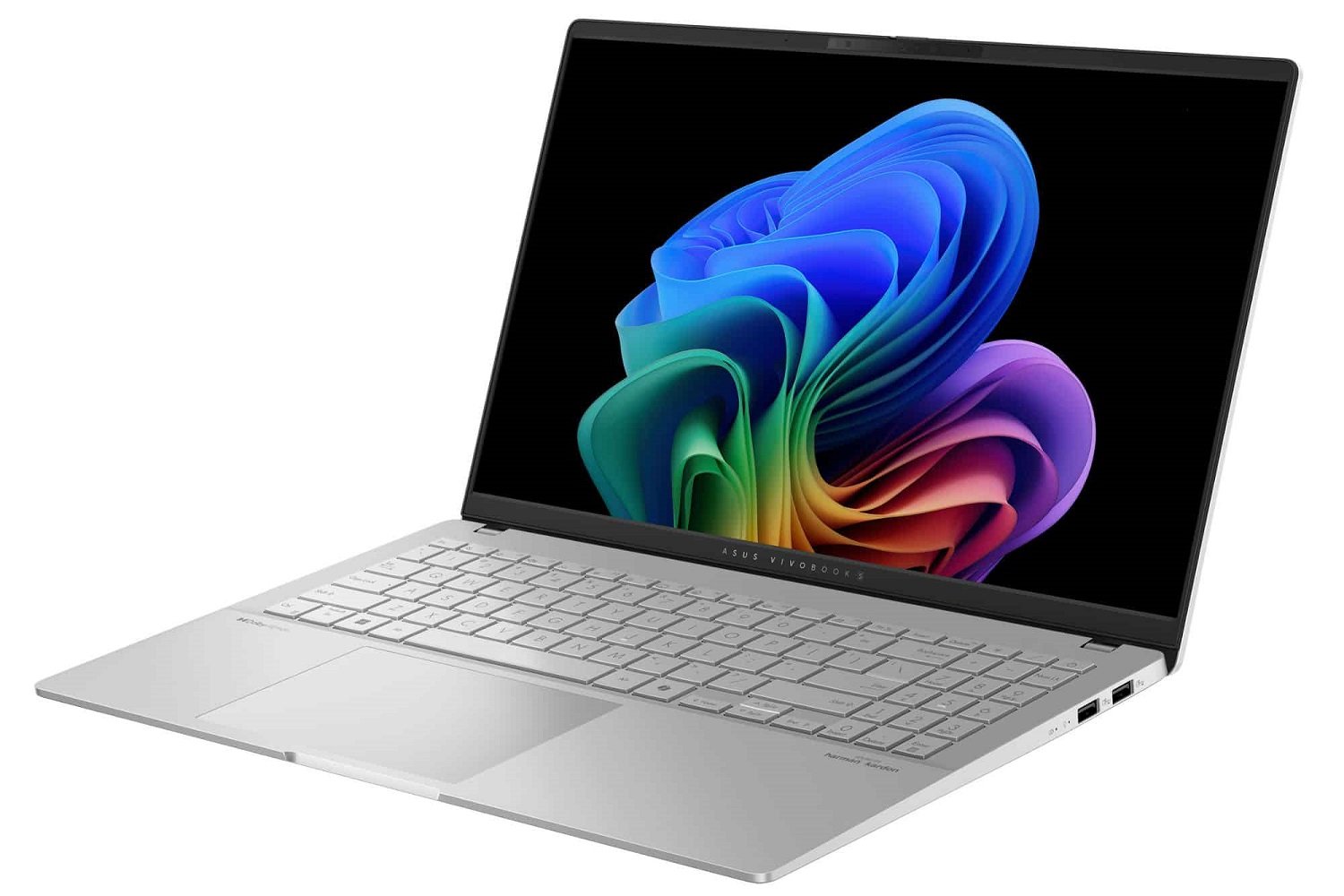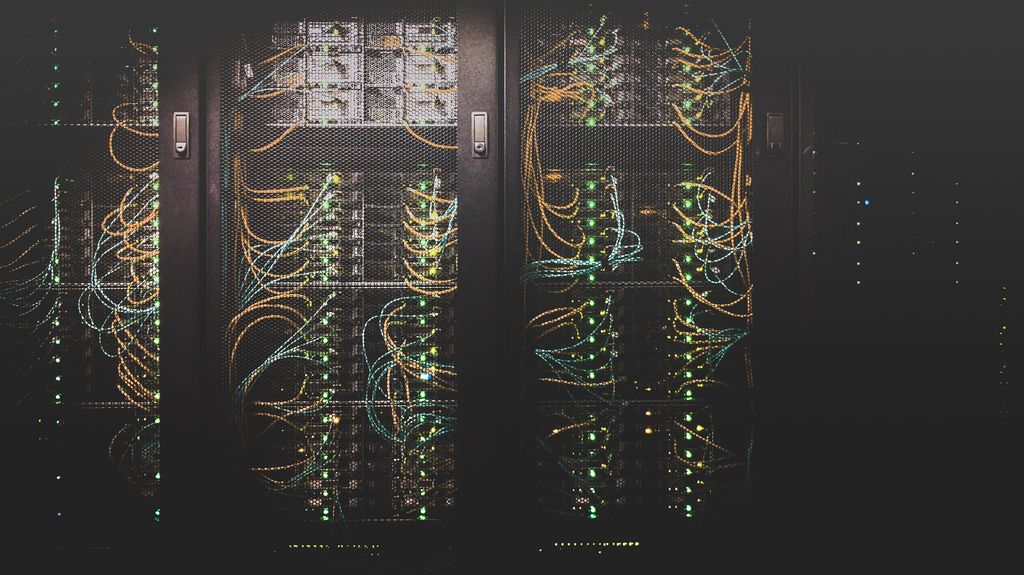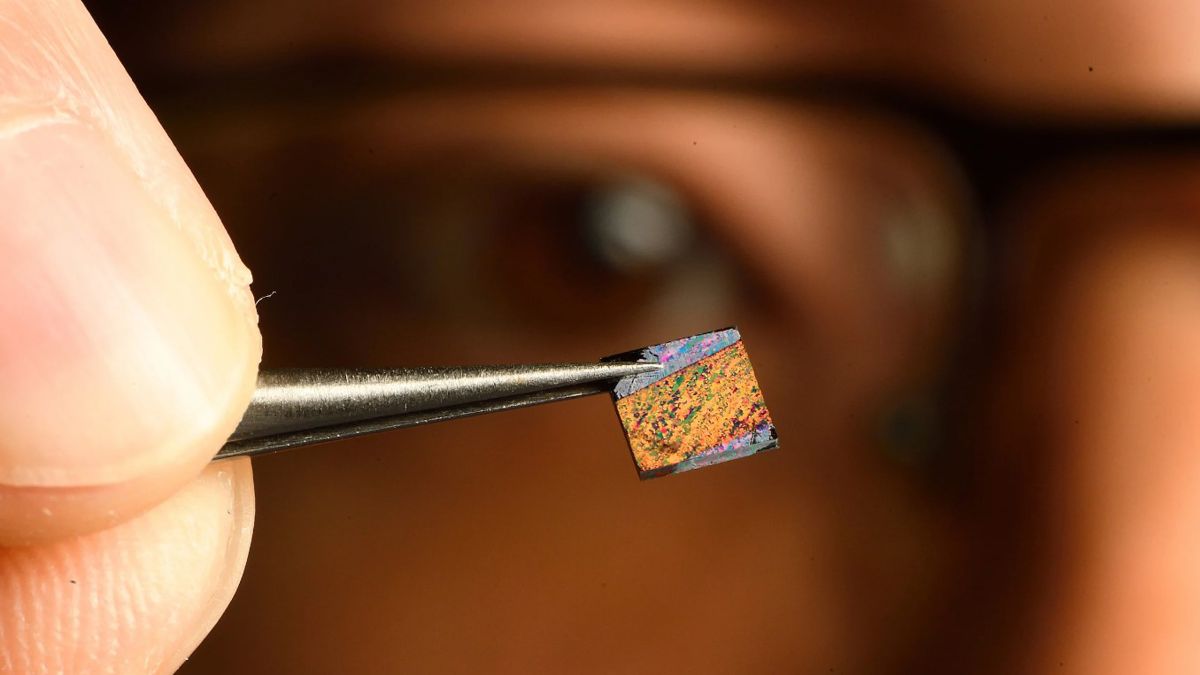The Tech Titans Clash: Huawei’s Pura 70 Series and the Rise of Chinese Chips

The world of technology is a battleground where innovation and competition constantly push the boundaries. One of the fiercest battles being waged today is in the realm of chip manufacturing, a sector critical to everything from smartphones to artificial intelligence. At the center of this fight stand two tech giants: the United States of America and the People’s Republic of China.
Huawei, the giant tech company from China has emerged as one of the major players in the smartphone market; but, their road has not been perfectly straight. In recent years, the company has faced crippling sanctions imposed by the US government, restricting their access to advanced chip technology. This move threatened to derail Huawei’s smartphone business, leaving many wondering if they could overcome this hurdle.
However, Huawei has emerged with a potential game-changer: the Pura 70 series. This new line of smartphones boasts the Kirin 9010 chip, a domestically produced processor built in China.
The rumored Kirin 9010 can well deliver high-performance thanks to the 7 nm technology it’s built upon. This step assumes a significant role in China’s mission of self-reliance in the field of chip technology.
But there’s a twist. The 7nm process used by the Kirin 9010’s manufacturer, Semiconductor Manufacturing International Corporation (SMIC), has sparked controversy. Some experts question whether SMIC can truly achieve a genuine 7nm process, potentially limiting the chip’s capabilities compared to those made by leading foundries.
So, is the Pura 70 series a testament to China’s rise in chipmaking, or is it a case of overhyped ambition? Will it disrupt the global chip market, or is it simply a valiant effort in the face of immense challenges?
Buckle up, tech enthusiasts, as we delve into the fascinating story of the Huawei Pura 70 series and its potential impact on the world of technology.
Huawei’s Rocky Road: The Impact of US Sanctions
The story of the Huawei Pura 70 series can’t be fully understood without acknowledging the significant roadblock the company faced: US sanctions. These sanctions, imposed in 2019, targeted Huawei’s access to critical technologies and components, particularly advanced chips. The US government cited national security concerns, alleging that Huawei could potentially use its technology for espionage.
The restrictions specifically focused on two key areas:
- Chip Access: US companies were barred from selling certain types of chips to Huawei, including those crucial for powering their high-end smartphones. This directly impacted Huawei’s ability to source the components needed for their flagship devices.
- Technology Transfer: The sanctions also restricted the transfer of US technology to Huawei. This meant that companies like Google could no longer provide Huawei with essential software licenses for their smartphones, such as access to the Google Play Store and core Android services.
The initial impact of these sanctions was significant. Huawei’s smartphone business, once a global leader, faced a major setback. The company struggled to find alternative chip suppliers for their high-end phones, leading to a decline in sales and market share.
However, Huawei wasn’t without a fighting spirit. They turned their focus inwards, relying on their in-house chip design subsidiary, HiSilicon. HiSilicon has been quietly developing its own line of processors under the Kirin brand for years, powering many of Huawei’s smartphones. With the US sanctions restricting access to external chips, the Kirin series became even more crucial for Huawei’s survival.
So this circles us back to the Huawei Pura 70 and its Kirin 9010 chip. Sanctions turned out to be a driving force that has enabled Huawei to outsmart its competitors and has brought the development of this breakthrough smartphone a step closer.
The Rise of the Kirin 9010: A New Era for Domestic Chinese Chips?
The heart of the Huawei Pura 70 series lies in the Kirin 9010 chip, a testament to Huawei’s domestic chip design capabilities. Even though there is no official leaks, the release details and teardowns from some sources make several assumptions regarding the know-how and potential of this processor.
A 12-core CPU like Kirin 9010 could be announced instead of Kirin 9000s in the upcoming phone of Huawei. This could be a huge performance upgrade of the old version. Such an accomplishment could affect the loading speed of apps becoming quicker, more efficient multitasking, and more enjoyable using six-player interactive entertainment. Besides, this Kirin 9010 chipset will also provide users with extra power efficiency, so they will have better battery life for their Pura 70 devices.
But the real intrigue surrounding the Kirin 9010 lies in its rumored manufacturing process. The chip is said to be built using a 7nm process, a significant leap forward compared to the 5nm process used in the Kirin 9000s.
Here’s where things get technical: the 7nm process refers to the size of the transistors on the chip. Smaller transistors allow for more transistors to be packed into a single chip, leading to increased processing power and improved efficiency. This translates to faster performance while consuming less battery life.
However, the Kirin 9010’s manufacturing partner, Semiconductor Manufacturing International Corporation (SMIC), is at the center of a brewing controversy. While SMIC claims to have achieved a true 7nm process, some experts remain skeptical. Leading foundries like TSMC have reportedly mastered the intricacies of 7nm production, and there are concerns that SMIC’s technology might not be on par.
the Kirin 9010: potential 7nm chip
If these concerns hold weight, the Kirin 9010 might not deliver the full potential of a genuine 7nm chip. It could face limitations in performance and efficiency compared to processors manufactured by TSMC. This would dampen the overall impact of the Kirin 9100 and raise questions about China’s ability to compete at the highest level of chip manufacturing.
Despite the controversy, the Kirin 9010 represents a crucial step forward for Huawei and China’s domestic chip industry. It showcases their dedication to developing advanced processors without relying on external sources. Whether it fully realizes the potential of a 7nm chip or not, the Kirin 9010 paves the way for future advancements and potentially disrupts the global chip market landscape.
China’s Chip Manufacturing Ambitions: A Threat to US Dominance?
The rise of the Kirin 9010 chip goes beyond just a new smartphone processor. It embodies China’s long-held ambition of achieving self-sufficiency in chip manufacturing. For decades, China has relied heavily on foreign-produced chips, particularly from US companies like Qualcomm. This dependence has exposed them to vulnerabilities, as evidenced by the recent US sanctions on Huawei.
The Pura 70 series, with its domestically produced Kirin 9010 chip, signifies a significant step towards China’s goal. If successful, this could reshape the global chip market landscape in several ways:
- Reduced Dependence: A robust domestic chip industry would lessen China’s reliance on foreign chipmakers, giving them greater control over their supply chain and reducing vulnerability to external pressure.
- Increased Competition: China’s entry as a major player in chip manufacturing could lead to increased competition, potentially driving down chip prices and accelerating innovation across the industry.
- Geopolitical Realignments: The rise of Chinese chipmakers could prompt other countries to re-evaluate their reliance on US technology, potentially leading to shifts in geopolitical alliances and trade partnerships.
- However, the question remains: does the Kirin 9010 truly threaten US dominance in the semiconductor industry? While China’s progress is undeniable, there are still hurdles to overcome.
- Technological Gap: Although the Kirin 9010 represents a leap forward, experts debate whether SMIC’s 7nm process fully matches the capabilities of leading foundries like TSMC. This technological gap could limit China’s ability to compete at the highest level.
- Manufacturing Challenges: Building a robust chipmaking ecosystem takes time and expertise. China still faces challenges in securing the raw materials, advanced equipment, and skilled workforce necessary for large-scale, high-quality chip production.
Huawei Pura 70 advancements and potentially
Despite these challenges, China’s ambition cannot be ignored. The US government is likely to take notice of Huawei’s advancements and potentially respond in several ways:
- Increased Scrutiny: The US government might impose stricter regulations on technology transfer to China, further hindering their chipmaking progress.
- Investment in Domestic Production: The US might increase investment in domestic chip manufacturing to maintain its competitive edge.
- Strengthening Alliances: The US could forge closer partnerships with other countries with strong chipmaking capabilities to counter China’s rise.
The future of chip manufacturing remains uncertain. The battle between the US and China for dominance in this critical sector is far from over. The success of the Kirin 9010 and future advancements by China could tip the scales, but the US is unlikely to relinquish its position easily. It’s a story with significant ramifications for global technology development and geopolitical power dynamics.
The Future of Huawei and China’s Chip Industry: Challenges and Opportunities
The Huawei Pura 70 series, with its domestically produced Kirin 9010 chip, stands as a symbol of China’s growing ambitions in chip manufacturing. However, the road ahead is riddled with both challenges and opportunities.

Challenges for Huawei and China
- Mass Production and Global Distribution: US sanctions continue to cast a shadow. Huawei might face difficulties in mass producing the Pura 70 series due to limitations on sourcing certain components. Additionally, restrictions on global distribution could hamper its market reach.
- Geopolitical Tensions: Ongoing political friction between the US and China could further restrict access to critical technologies and resources needed for chip development. This creates an uncertain environment for long-term planning and innovation.
Opportunities for Collaboration
Despite the challenges, there’s still room for optimism.
Globalized Market: The chip industry thrives in a globalized environment where expertise and resources are shared. Collaboration between US and Chinese chipmakers could accelerate overall innovation and benefit the industry as a whole.
Mutual Dependence: In today’s interconnected world, complete technological decoupling is unlikely. Both the US and China rely heavily on each other’s markets and expertise. Finding common ground for collaboration could lead to mutually beneficial outcomes.
A Balanced Future
The future of Huawei and China’s chip industry is a complex equation with both technological advancements and geopolitical complexities at play. While the Kirin 9010 signifies a significant step forward, questions remain about its true capabilities and China’s ability to fully bridge the technological gap. The US, on the other hand, is unlikely to cede dominance easily.
Ultimately, a balanced future for the chip industry might lie in a combination of factors:
- Healthy Competition: Rivalry between the US and China in the technology sector can set a pace and generate innovation that is, in the long run, a great benefit for people as thus, they are upgraded with effective products and in most cases, lower prices.
- Strategic Collaboration: Cross-border partnerships on chip technology niche areas could facilitate breakthroughs thus bringing about impactful implications across the whole world.
- Open Dialogue: The constant existence of communication lines between the United States and China, even in the backdrop of political tensions, is deemed to be of paramount importance. Such lines of contact would ensure that missteps did not occur and the environment would remain favorable for technological development.
The story of the Pura 70 series and China’s chipmaking ambitions is far from over. It’s a story with the potential to reshape the global technological landscape, and its outcome will be closely watched by consumers, businesses, and governments worldwide.






